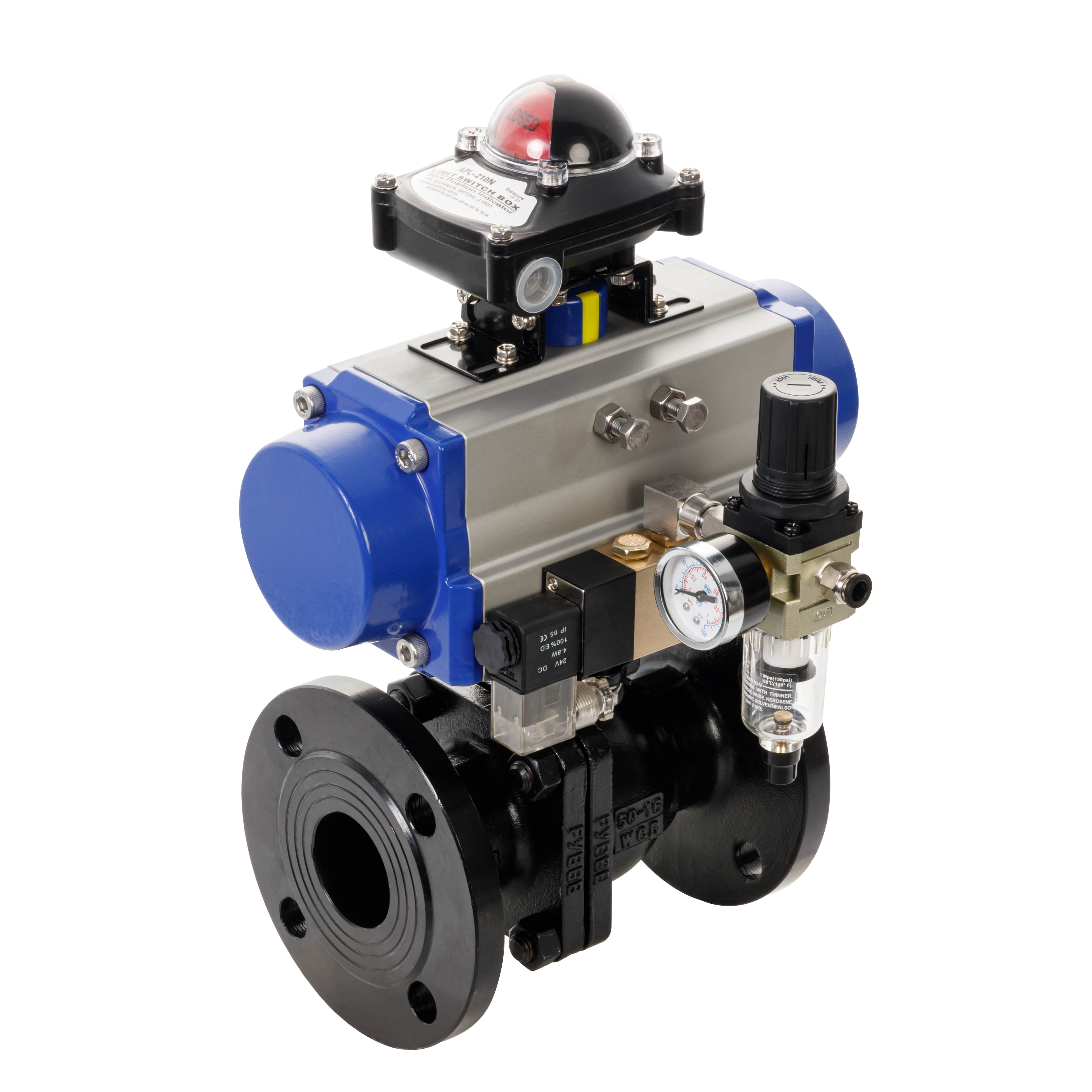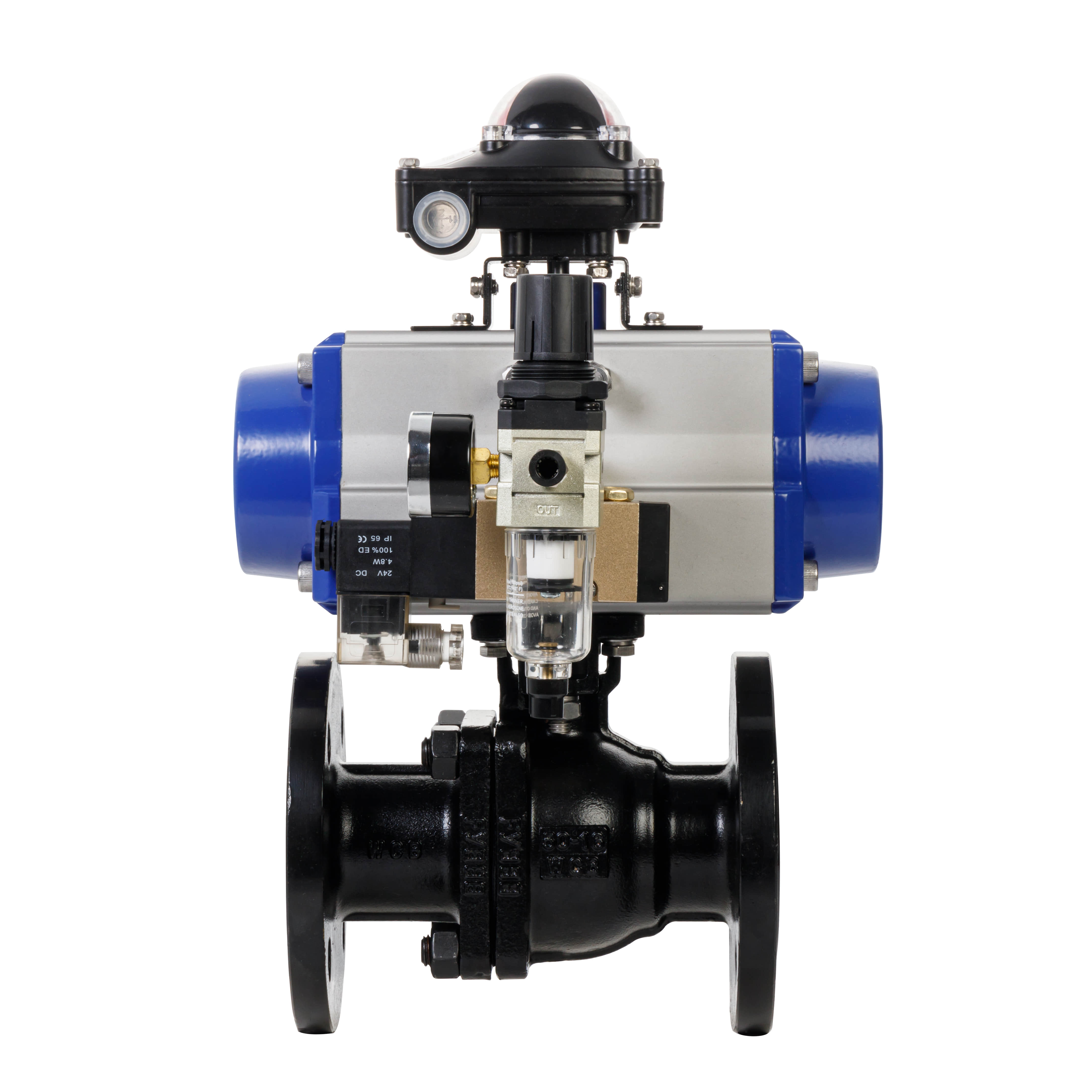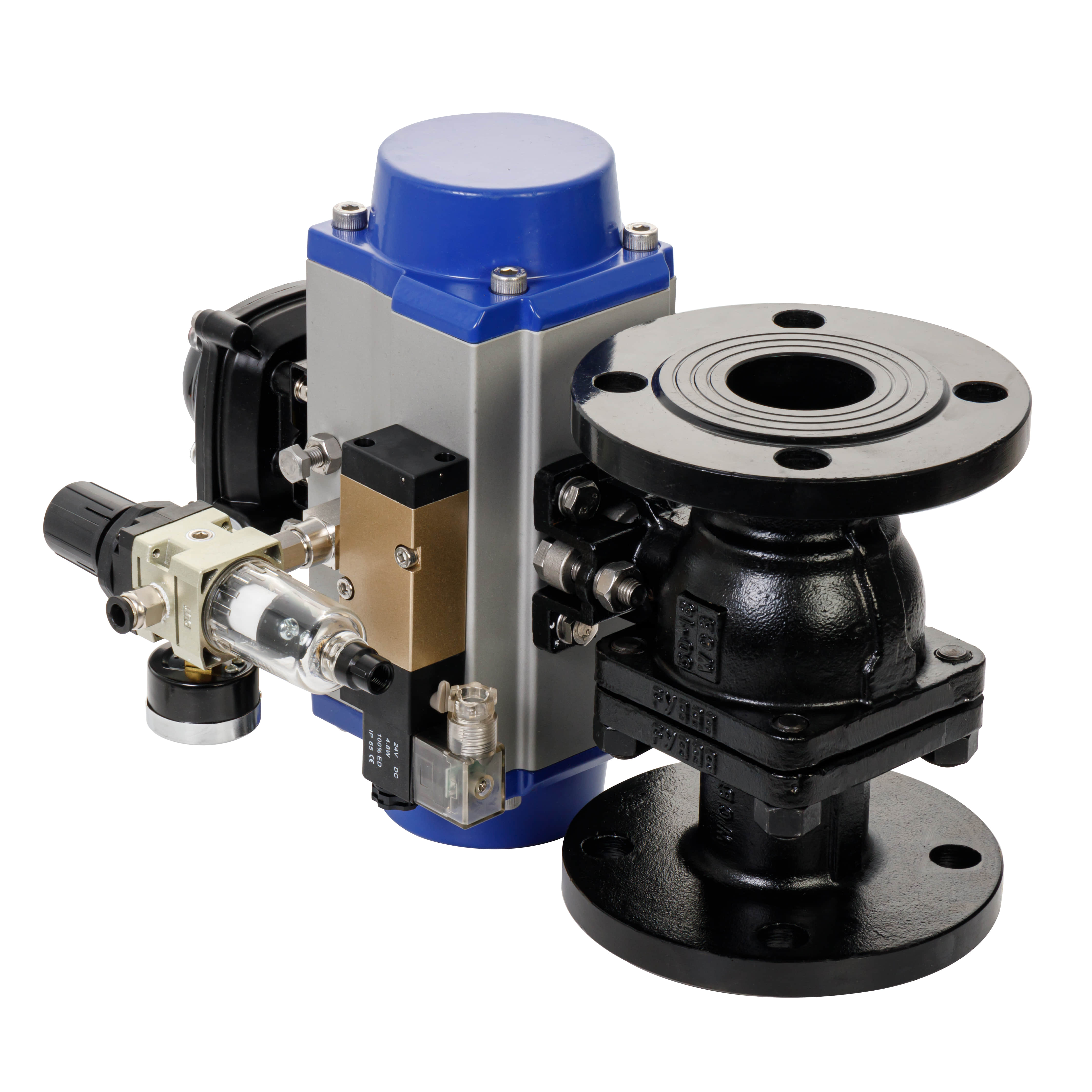
Pneumatic ball valves are essential components in many industrial processes, known for their reliability and efficiency in controlling fluid flow. These valves utilize compressed air to operate, allowing for rapid and precise control in various applications. In this article, we will delve into the functionality, design, advantages, and applications of pneumatic ball valves.

At its core, a pneumatic ball valve consists of a spherical disc (the ball) that can be rotated within the valve body. This ball has a hole (or port) through its center, which aligns with the inlet and outlet of the valve. When the ball is rotated 90 degrees, the flow is either allowed or blocked, effectively controlling the fluid passage. The pneumatic actuator, typically mounted on top of the valve, is responsible for the ball’s rotation, using compressed air to create the necessary motion.

